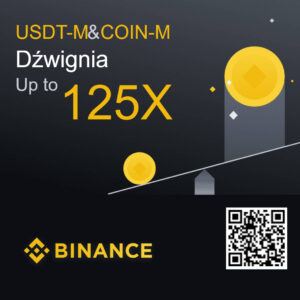Rate Stellar 0,26 USD
Change (24h): 0,00%
Calculator XLM / USD
How is 1 Stellar?
| XLM | 0 USD | |
| USD | 0 XLM |
Team
- No data
Another prices
- KZC 0.0000023 BTC 0,00%
- DOT 1.639 EUR 7,76%
- AVAX 37.118028 USDT 0,00%
- ZRX 0.00001008 BTC 0,00%
- ASR 1.535 USDT 0,26%
- GXS 1.7923 USDT inf%
- ONT 0.00000073 BTC 0,00%
- ARDR 0.00000066 BTC 1,54%
- THETA 0.00000313 BTC 5,03%
Do you know how buy Stellar?
Description
Do you have account on KryptoBot?



